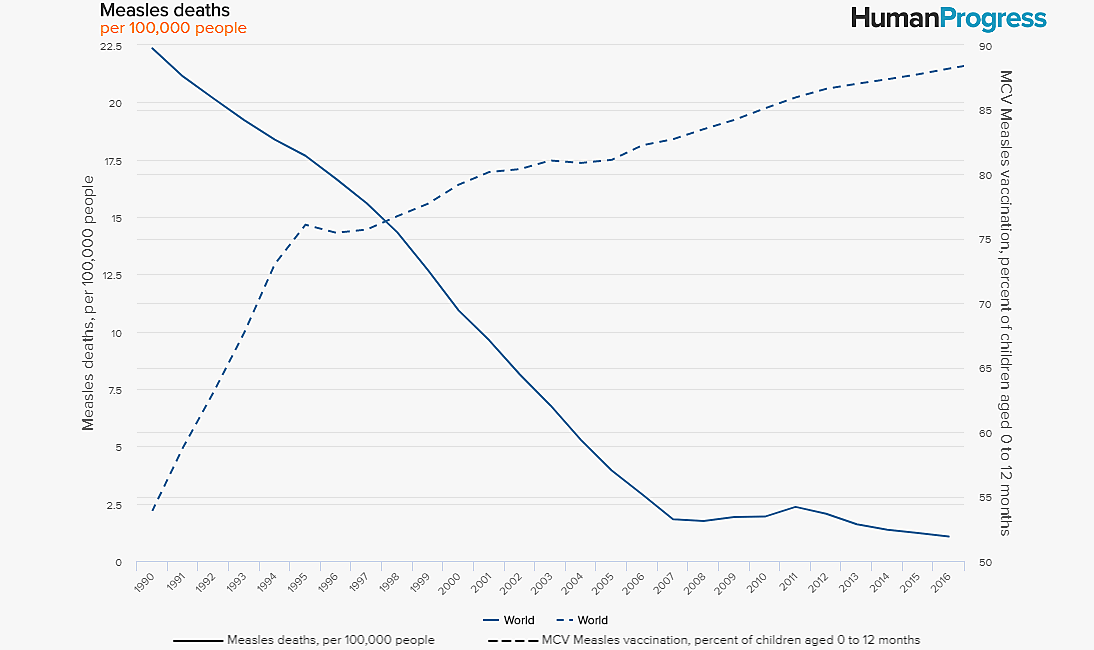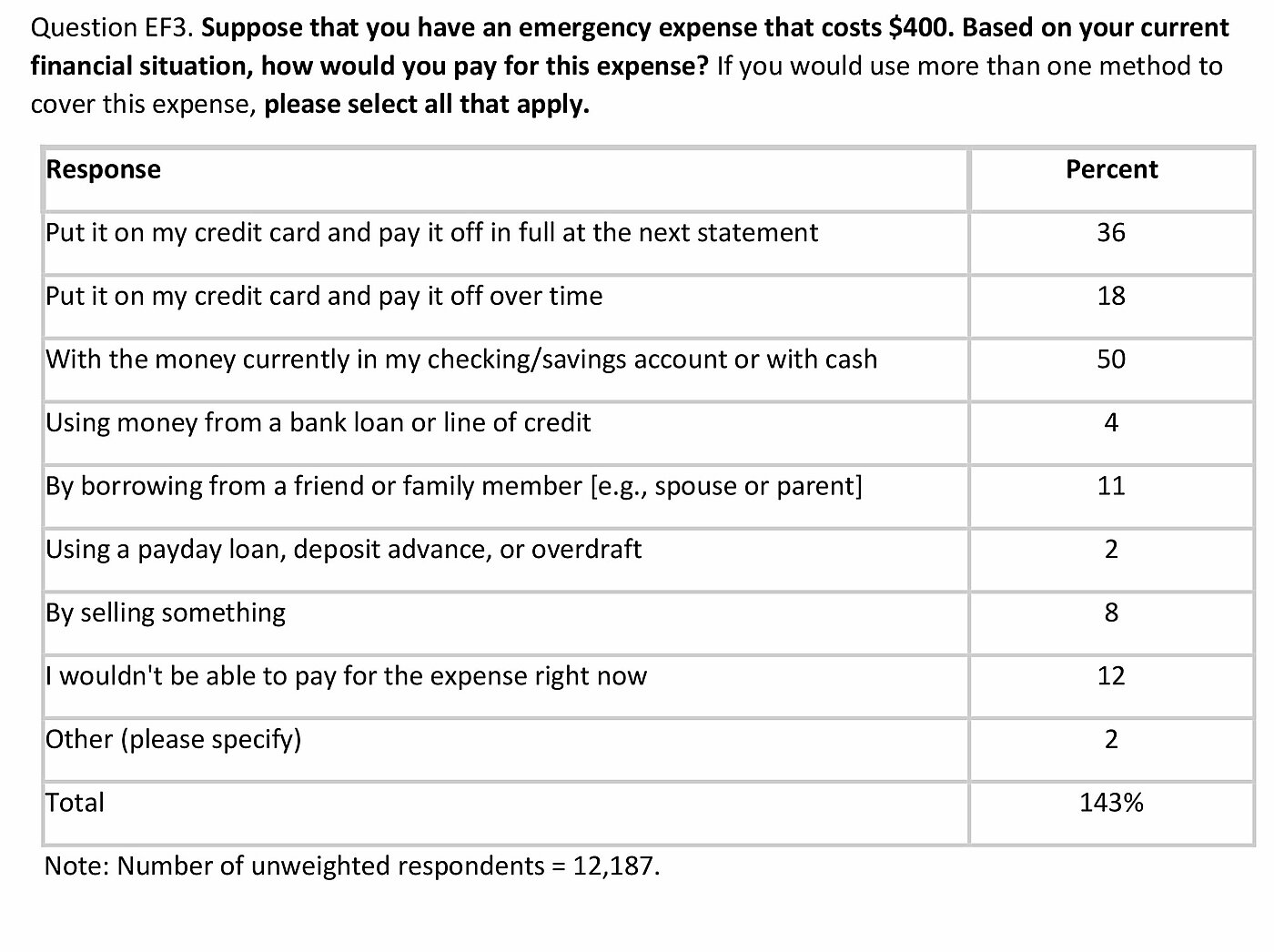Earlier this month the Centers for Disease Control and Prevention, in the Morbidity and Mortality Weekly Report (MMWR), reported that from 2015–2016 deaths from cocaine and psychostimulants (such as methamphetamine, Ritalin, dextroamphetamine) increased 52.4 percent and 33.3 percent respectively. In 2017, the CDC reported a total overdose rate of 70,237, and cocaine was involved in 19.8 percent of those deaths while other psychostimulants were involved in 14.7 percent. Opioids, primarily synthetic (fentanyl and fentanyl analogs), were found in 72.7 percent of the cocaine deaths and 50.4 percent of the other psychostimulant deaths. The report mentioned that provisional 2018 data indicate deaths involving cocaine and other psychostimulants are continuing to increase.
As I have written here and here, deaths related to cocaine, methamphetamine, and other psychostimulants have been on the rise for several years now, despite legislation in 2005 that was supposed to address the problem, and recently fentanyl has replaced heroin as the drug with which they are combined to make a “speedball”—a mixture aimed at reducing the negative “come-down” effects after the rush from the stimulant.
The most important sentence in the CDC report was this: “Increases in stimulant-involved deaths are part of a growing polysubstance landscape.” This should be viewed in the context of a recent study from the University of Pittsburgh that concluded:
The U.S. drug overdose epidemic has been inexorably tracking along an exponential growth curve since at least 1979. Although there have been transient periods of minor acceleration or deceleration, the overall drug overdose mortality rate has regularly returned to the exponential growth curve. This historical pattern of predictable growth for at least 38 years suggests that the current opioid epidemic may be a more recent manifestation of an ongoing longer-term process. This process may continue along this path for several more years into the future…Indeed, it is possible that a future overdose epidemic may be driven by a new or obscure drug that is not among the leading causes of drug overdose death today. Understanding the forces that are holding multiple sub epidemics together onto a smooth exponential trajectory may be important in revealing, and effectively dealing with, the root causes of the epidemic.
Policy makers and the media remain focused on pain pill prescriptions and blame the overdose crisis on unethical pharmaceutical manufacturers. They continue to miss the big picture and they are harming patients in the process. The overdose crisis is the byproduct of psycho-sociocultural trends seen among many developed countries intersecting with the dangerous world of drug prohibition—where the content and dose of the substance being sold is never reliable, and where users take otherwise avoidable risks.
As Portuguese policy makers discovered, ending prohibition is an effective way to reduce the deaths—that plus a strategic shift to harm reduction.

